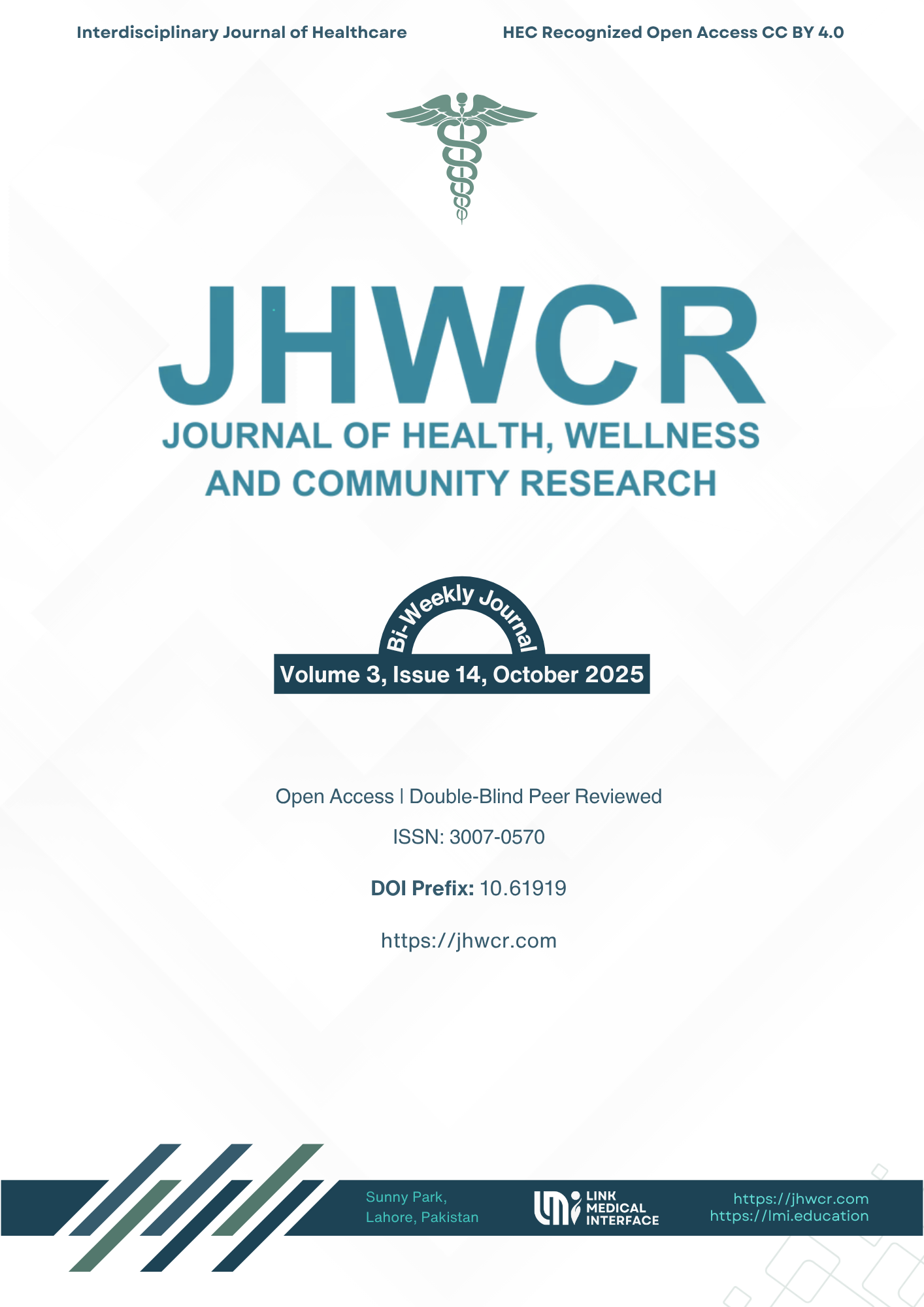Evaluating the Effects of Mild to Moderate Chemical Peels on Ocular Surface Health (Dry Eye)
DOI:
https://doi.org/10.61919/613jkq28Keywords:
Neurodegenerative Diseases; Magnetic Resonance Imaging (MRI); Positron Emission Tomography (PET); Single-Photon Emission Computed Tomography (SPECT)Abstract
Background: Dry eye disease (DED) is a multifactorial disorder of the ocular surface characterized by tear film instability, inflammation, and neurosensory dysfunction. While cosmetic facial procedures such as chemical peels are increasingly common, their potential impact on ocular surface physiology remains underexplored. Facial peels involve the application of acidic agents near the periocular region, where inadvertent exposure or vapor diffusion may compromise tear film homeostasis. Objective: To evaluate temporal changes in tear film stability and tear secretion following mild to moderate facial chemical peels in adults. Methods: A prospective observational study was conducted on 33 participants (20–40 years) undergoing standardized glycolic or trichloroacetic acid peels. Tear break-up time (TBUT) and Schirmer I tests were assessed at baseline, 4, 8, 12, and 16 weeks. Non-parametric Friedman tests with Holm-adjusted post-hoc analyses and Kendall’s W effect sizes were applied. Results: TBUT decreased significantly from 11.79 ± 1.84 s at baseline to 7.97 ± 2.77 s at 16 weeks (p < 0.001, W = 0.59), and Schirmer I from 15.61 ± 3.10 mm to 11.18 ± 3.88 mm (p < 0.001, W = 0.29). Mild ocular dryness increased from 0% at baseline to 45.5% at week 16. No severe adverse effects occurred. Conclusion: Mild to moderate facial chemical peels transiently reduce tear stability and secretion, indicating short-term disruption of ocular surface homeostasis likely due to periocular inflammatory stress. Standardized eye protection and post-procedural monitoring are recommended for aesthetic patients.
Downloads
Published
Issue
Section
License
Copyright (c) 2025 Adeela, Arif Ali Rana, Ayesha Sajid, Bilal Hassan, Muhammad Aleem Sabir Khan, Muhammad Mursaleen (Author)

This work is licensed under a Creative Commons Attribution 4.0 International License.


